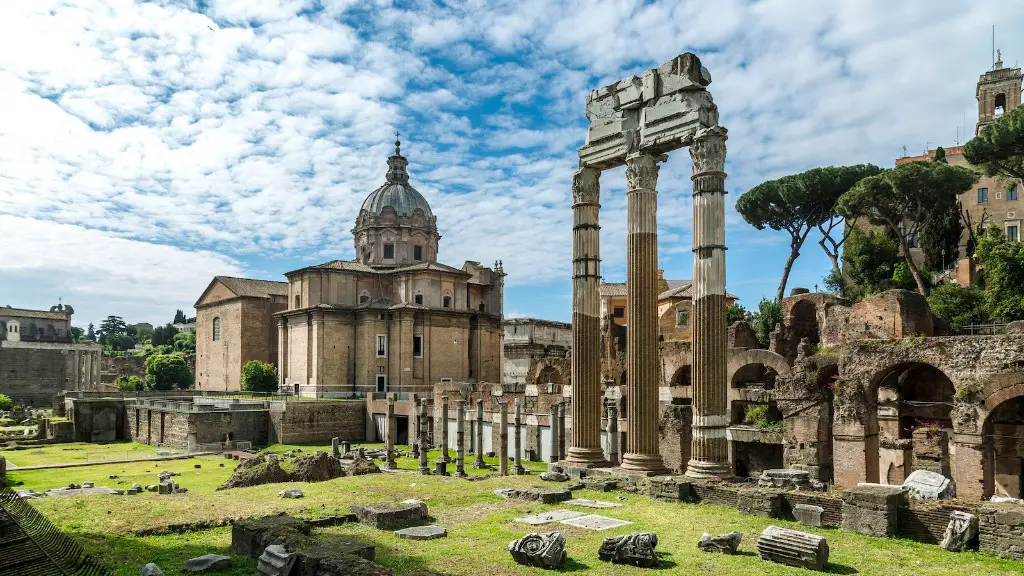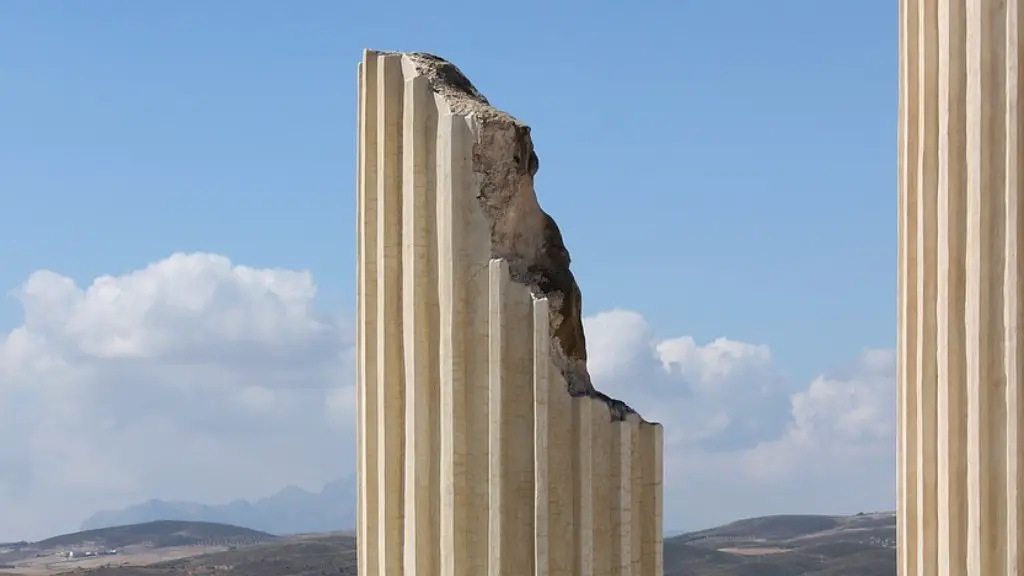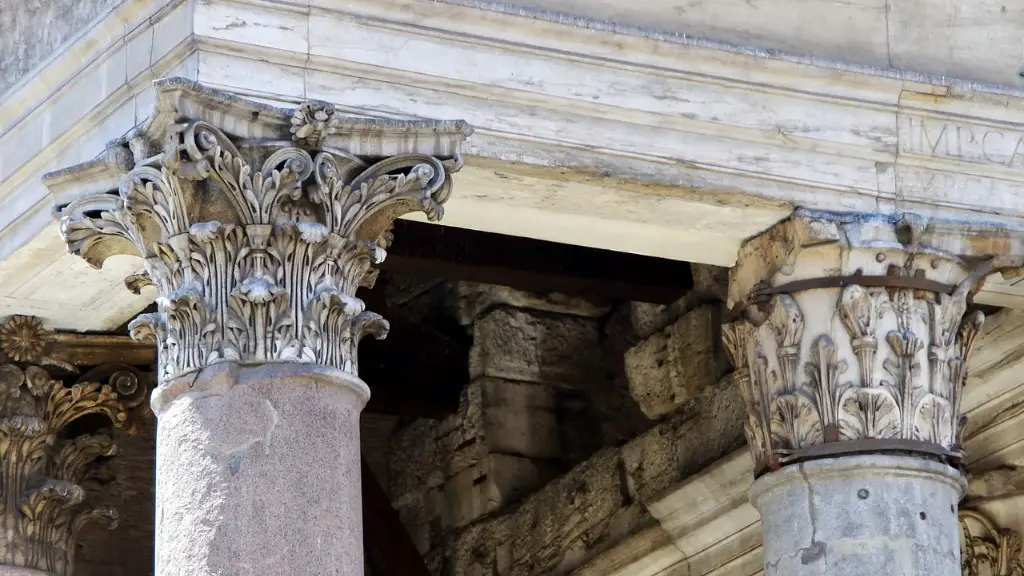Historical Overview
In ancient Rome, education was seen as a priority for growing citizens to pass on the practices and customs of their society. Teachers played a significant role in providing the youth with the knowledge and skills to prepare them for the tasks of adulthood and to contribute to the greater good. Roman teachers were both respected, experienced, and highly-skilled educators as well as practical and down-to-earth educators who taught basic skills in a manner that emphasised the need to simply acquire knowledge rather than theorise.
Ancient Roman teachers were primarily men and it was clear that there were different kinds of teaching. One type of teaching was known as ‘Magisterial Teaching’. This was the formal teaching of the upper classes and privileged few and included instruction in rhetoric and philosophy. Ancient teachers in this type of situation were seen as the elite of Roman society and included people of good standing and the most esteemed philosophers.
There was also a less formal kind of teaching known as ‘Pedagogue Teaching’. This type of teaching involved the teaching of basic education, such as reading and writing, and practical skills such as farming or construction. These teachers were often manual labourers who also works as teachers in the evenings, and were considered to be far less privileged than the MagisterialTeachers.
Educational Curriculum
The educational curriculum used by ancient Roman teachers was based around the core subjects of Latin, Greek, and the Classical Arts. Latin was seen as the language of the educated and was an essential part of a young Roman’s education. Greek was also encouraged as it was seen as a language of knowledge, and the Classics were used to instill in the students a sense of moral and philosophical outlook. Ancient Roman teachers also focused on practical arts such as farming, engineering, and carpentry. In addition, students were taught public speaking and rhetoric which was an important skill for anyone aspiring to have a political career.
It was also common practice for teachers to set their own schedule and curriculum. There were no set classes for day-schooling, and teachers with private clientele would often work to the student’s requirements and would teach more than just the core subjects. It was also common for teachers to make use of technology such as chalkboards and blackboards in their classrooms.
Methods and Techniques
The methods used by ancient Roman teachers were both practical and down-to-earth. In the lower classes, teachers used lessons that were intended to provide basic reading and writing skills, while in the privileged classes teachers would use rhetoric and philosophy as a means of instilling morality and skill in their students.
In practical classes, teachers would often make use of a range of tools and materials to help demonstrate the application of knowledge. For instance, when teaching carpentry, teachers would provide tools and materials to help demonstrate the construction of items. In the case of Latin, teachers would often provide books or scrolls to help the student understand the language.
Teachers of the upper classes also made use of education through the spoken word. Lessons would often involve the rhetoric of great thinkers, with teachers providing examples of how their teachings applied to the day-to-day life of the student.
Role in Ancient Roman Society
Ancient Roman teachers were seen as highly respected members of society. Not only were they educators, but they were also seen as guardians of morality and the sources of much of the wealth and knowledge of the Roman Empire.
It was not uncommon for the most esteemed teachers to be given their own clients and to be treated with much more respect than their lower class counterparts. They were also highly sought after by the wealthy, who would often pay large sums of money to ensure that their children were taught by the best teachers. In addition, teachers of the upper classes received a much higher salary than those of the lower classes.
The Impact of Roman Education
Roman education has had a lasting impact on the world, with many of the methods and techniques that were used by ancient Roman teachers still being used today. The emphasis on practical learning, combined with the use of rhetoric and philosophy, provided the basis for many of the educational techniques used in modern society.
Furthermore, the Roman educational system promoted the values of morality and civic responsibility, inspiring students to take an active part in the running of their society. In addition, the education system incorporated technology, such as the use of chalkboards and blackboards, which revolutionised the way in which students were taught and allowed teachers to more easily demonstrate information.
The Decline of Roman Education
As the Western Roman Empire began to decline, so did the education system. With the fall of the empire and subsequent Germanic invasions, the formal education system was replaced by a more practical one in which the basics of reading and writing were the primary focus.
Furthermore, with the rise of Christianity, classical studies were all but abandoned, with religious education becoming the primary source of learning. This emphasis on religious education led to a decline in the overall quality of education and a shift away from the focus on rhetoric and philosophy that had been a staple of the Roman education system.
Legacy of Roman Education
Despite the decline of the education system in ancient Rome, there were many aspects of the Roman education system that remain to this day. The emphasis on practical learning and the use of technology in the classroom are still widely used in modern education systems.
Furthermore, the focus on morality and civic responsibility that was instilled in students by the Roman educational system is still an important part of education today. As such, although the education system of Rome has declined, the legacy of the great Roman civilization can still be seen in many aspects of modern education.
Gender Equality in Teaching
The gender gap in Roman education was pronounced, with the majority of teachers being male. This was due to the fact that the teaching of rhetoric and philosophy as well as the teaching of the upper classes, was seen as a male-dominated field.
However, this was not always the case, as there are records of female teachers in the lower classes, in particular in the field of teaching children and girls the basics of reading and writing. Women were also well versed in the philosophy of the Stoics and were often seen as the moral arbiters of the day.
In addition, although Roman education was largely male-dominated, female teachers did receive the same respect as their male counterparts. As such, although men were predominately seen as the teachers of the day, women were also respected for the knowledge and skill that they brought to the classroom.
Impact of Roman Education on Modern Societies
The impact of Roman education can still be seen in modern societies. Many of the teaching techniques that were used by Roman teachers, such as the focus on practical learning, the use of technology and the focus on civic responsibility, are still in use today.
In addition, the annual Roman festival of Saturnalia, which was held in honour of the God Saturn, is still celebrated in some parts of the world and is seen as a celebration of education and knowledge. This festival highlights the importance of education in Roman society and is a reminder of the lasting impact that ancient Roman education has had on modern society.
Furthermore, the emphasis on morality that was a cornerstone of Roman education is still an important part of modern education as well. Rome’s emphasis on civic responsibility and moral behaviour is still taught in classrooms around the world, highlighting the profound impact that Roman education has had on modern societies.


